Smart Choices Start with Real Facts.
Top Fermented Vegetables for Gut Health in 2025 to Boost Your Digestion
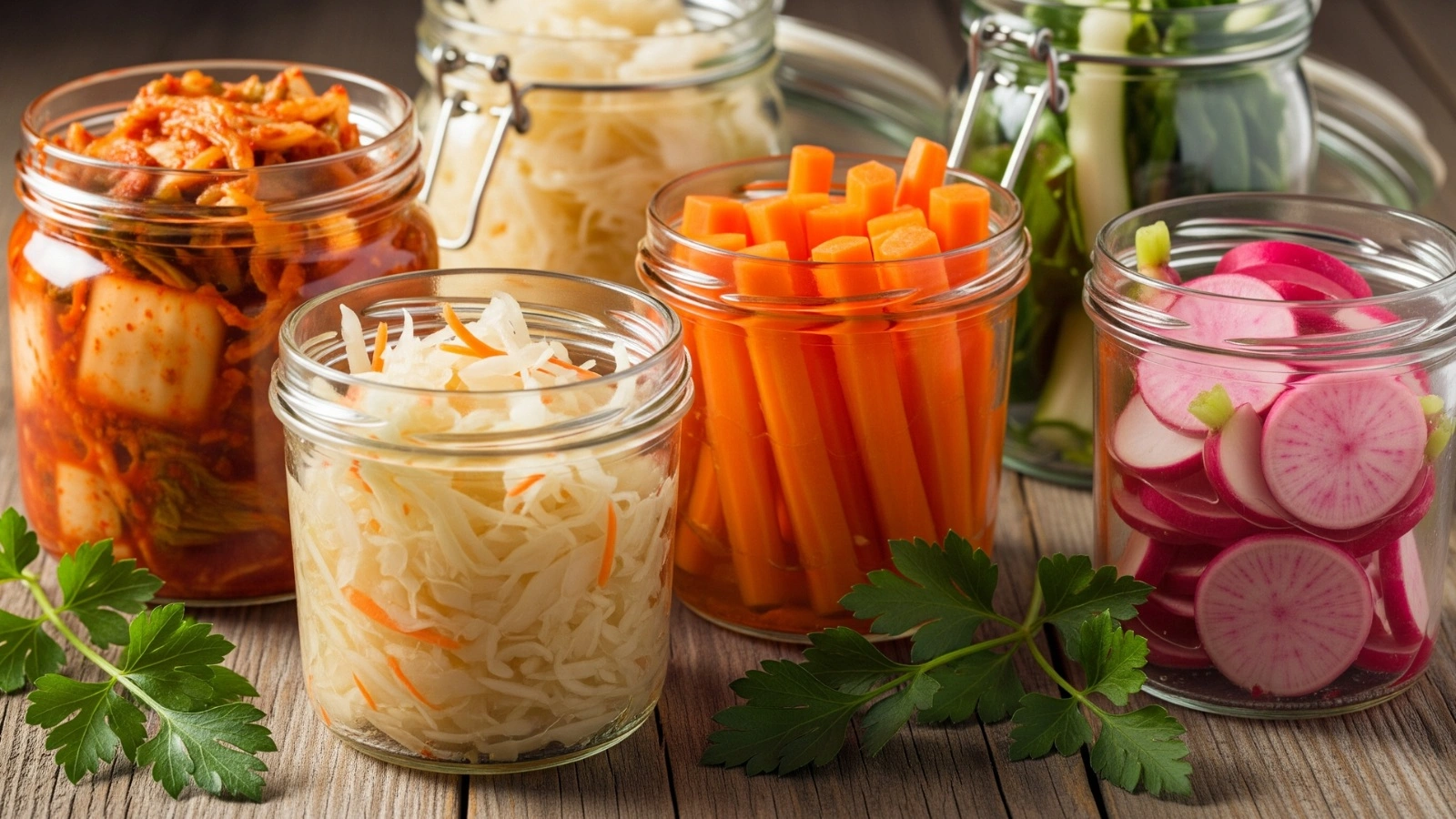
- What Are Fermented Vegetables?
- Fermented Vegetables Benefits for Gut Health & Digestion
- Top Fermented Vegetables to Try in 2025
- How to Get Started with Fermented Vegetables
- Easy Fermented Vegetable Recipes for Beginners
- Buying Fermented Vegetables: What to Look For
- Easy Ways to Add Fermented Vegetables to Your Diet
- Global Roots and Modern Trends
- In Summary
- FAQs
Fermented vegetables are quickly becoming one of 2025’s top health food trends—and for good reason. Packed with probiotics, vitamins, and gut-friendly fibre, these tangy, flavorful foods don’t just add unique taste to your plate—they actively support digestion, immunity, and overall wellness. In this post, we’ll reveal the best fermented vegetables for gut health in 2025, share their powerful benefits, and give you practical tips to enjoy them at home while boosting your digestion naturally.
What Are Fermented Vegetables?
Fermentation is a natural process where beneficial bacteria and yeasts break down sugars in vegetables, transforming them into tangy, flavorful foods rich in probiotics. These probiotics are live microorganisms that help restore and maintain a healthy balance of gut bacteria, supporting digestion, immune function, and even mental health. Unlike pickling with vinegar, fermentation relies on natural microbes that produce lactic acid, which preserves the vegetables and gives them their characteristic sour taste.
Fermented Vegetables Benefits for Gut Health & Digestion
Your gut is home to trillions of bacteria and other microbes that influence digestion, nutrient absorption, immunity, and even mood. Unfortunately, modern diets, stress, antibiotics, and environmental toxins can disturb this delicate balance, leading to digestive issues and weakened immunity. Fermented vegetables act as natural probiotics, replenishing good bacteria and improving gut flora diversity. They also contain prebiotic fibres that feed these beneficial bacteria, enhancing their effects.
Eating fermented vegetables regularly can:
- Improve digestion and reduce bloating
- Strengthen the immune system
- Lower inflammation in the body
- Enhance mood and cognitive function via the gut-brain axis
- Support weight management and metabolic health
Top Fermented Vegetables to Try in 2025

1. Kimchi
A staple of Korean cuisine, kimchi is made by fermenting napa cabbage and other vegetables with chilli, garlic, ginger, and fish sauce or soy sauce. It is packed with probiotics and vitamins A, B, and C. Kimchi’s spicy, umami-rich flavour makes it a versatile side dish, condiment, or ingredient in soups and stews.
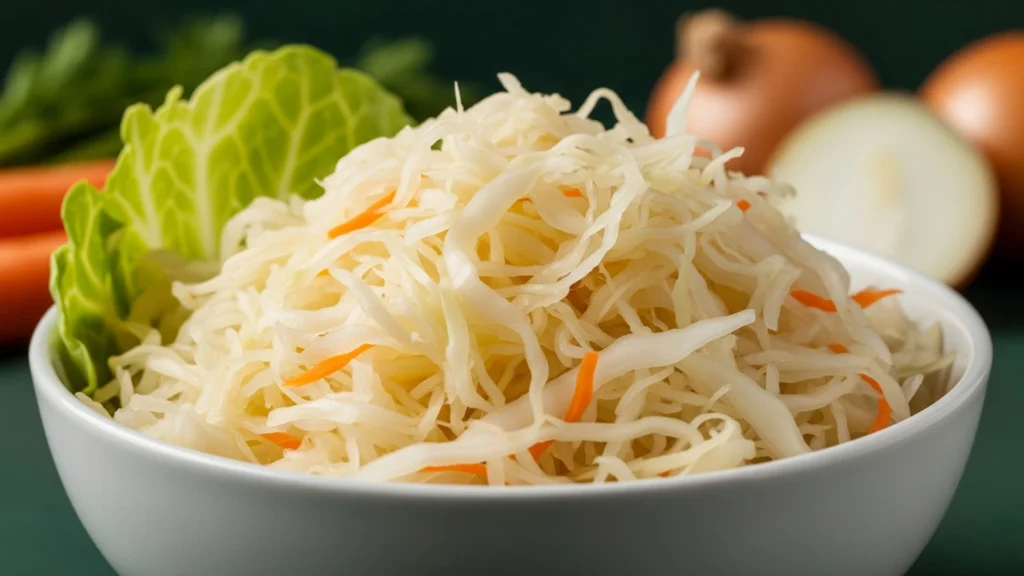
2. Sauerkraut
Sauerkraut is fermented, finely shredded cabbage and is one of the most well-known Western fermented vegetables. Rich in fibre, vitamins C and K, and probiotics, sauerkraut adds a crunchy, tangy twist to sandwiches, salads, and grilled dishes. Choose unpasteurized sauerkraut for maximum probiotic benefits.
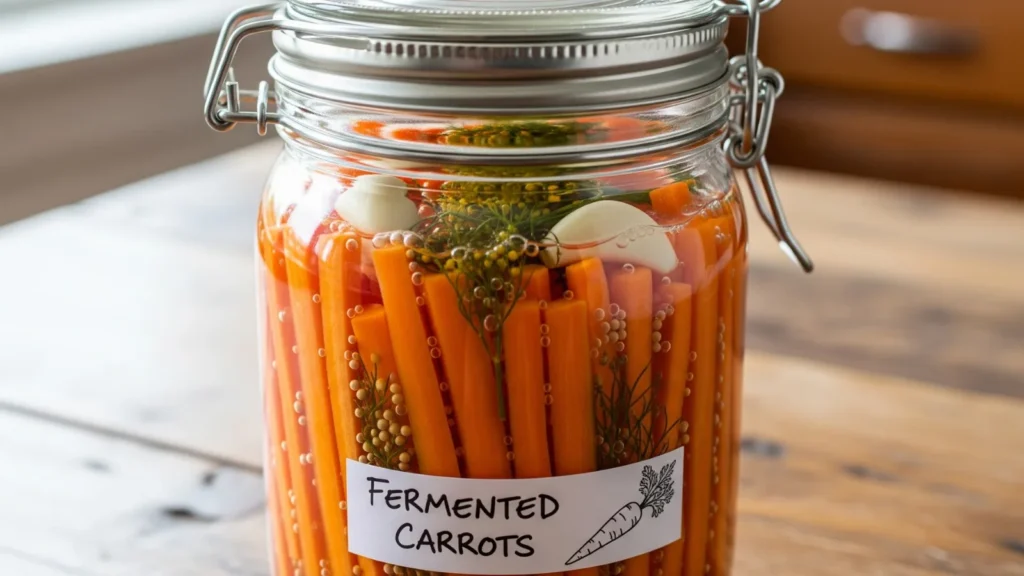
3. Fermented Carrots
Sweet and crunchy, fermented carrots are an easy and delicious way to introduce probiotics. You can ferment carrot sticks or shredded carrots with garlic, herbs, and spices. They make great snacks, salad toppers, or additions to grain bowls.
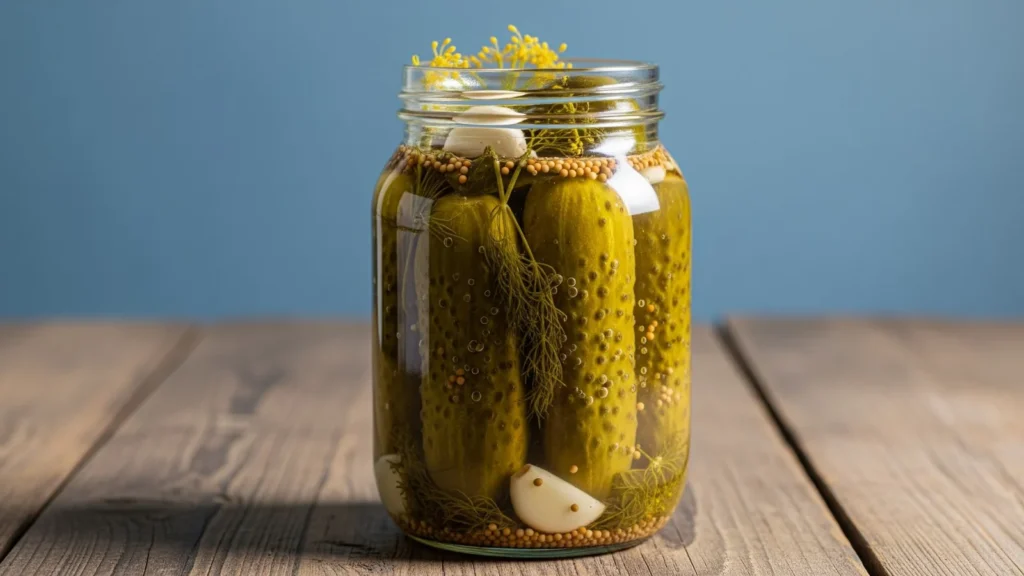
4. Pickled Cucumbers (Fermented Dill Pickles)
Traditional fermented pickles differ from vinegar-based ones by using salt brine fermentation. These pickles have beneficial bacteria that boost gut health while delivering that classic tangy flavour. They are perfect as snacks, burger toppings, or chopped in salads.
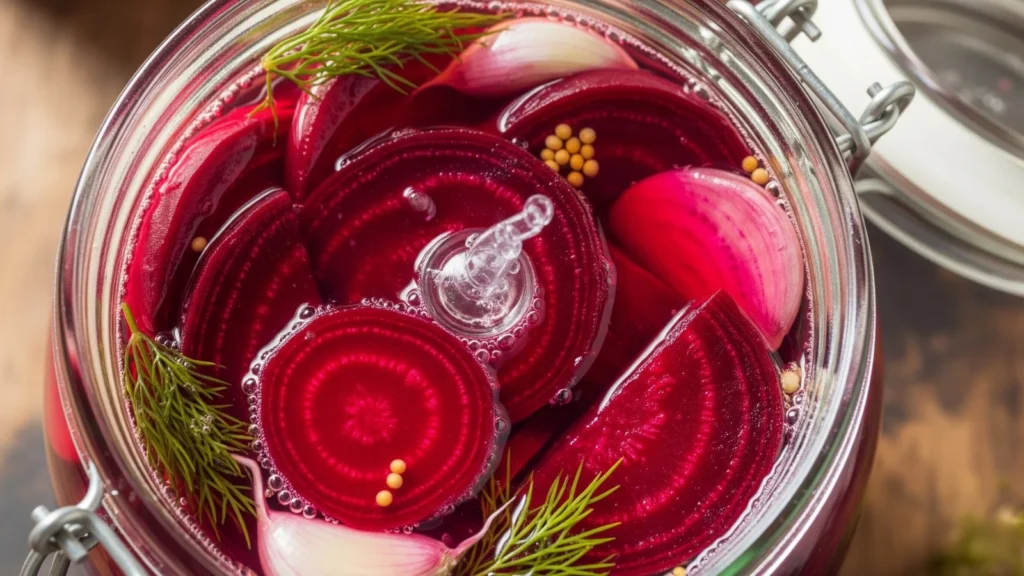
5. Fermented Beets
With their vibrant colour and natural sweetness, fermented beets add depth to your meals. They contain antioxidants, fibre, and gut-friendly microbes. Try them in salads, as a side dish, or blended into dips.
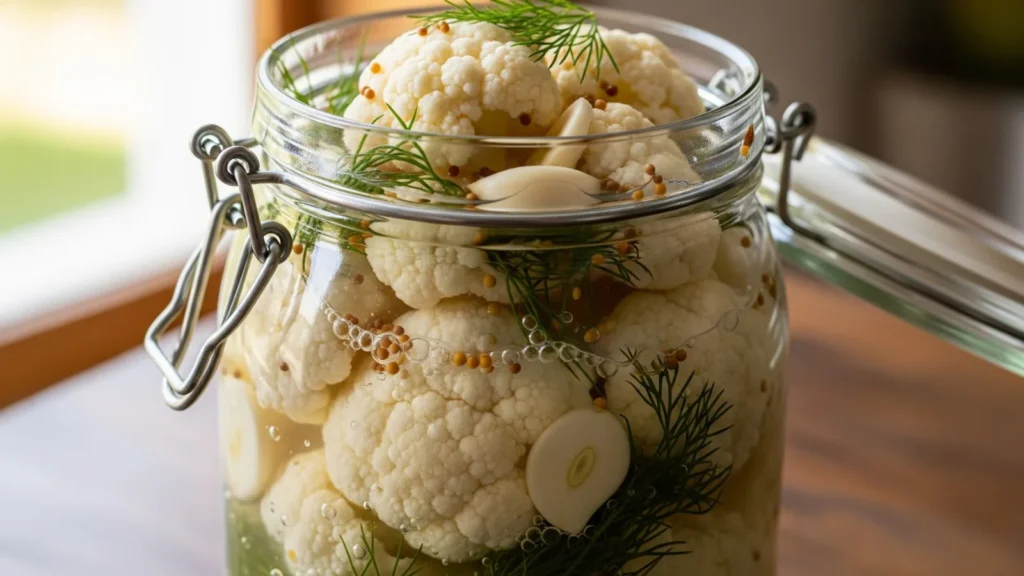
6. Fermented Cauliflower
Cauliflower florets fermented with spices create a crunchy, probiotic-rich snack similar to sauerkraut. Their mild flavour pairs well with dips and charcuterie boards.
7. Other Fermented Vegetables Worth Trying
- Fermented radishes
- Fermented green beans
- Fermented garlic
- Mixed vegetable ferments combine several vegetables and seasonings for a complex probiotic profile
How to Get Started with Fermented Vegetables
You can easily buy fermented vegetables at most grocery stores, but making your own at home is rewarding and lets you customise flavours. Here are some tips for beginner fermenters:
- Use fresh, high-quality vegetables and non-iodised salt (like sea salt or kosher salt).
- Submerge vegetables completely in brine (saltwater solution) to prevent mould.
- Ferment in a cool, dark place for 3-14 days, depending on the vegetable and temperature.
- Store fermented veggies in the fridge after fermentation to preserve probiotics.
- Experiment with herbs, garlic, chilli flakes, or spices to create unique flavours.
Easy Fermented Vegetable Recipes for Beginners
- Basic Sauerkraut
- Shred cabbage and massage with salt to release juices
- Pack firmly in a clean jar, making sure cabbage is submerged under its liquid
- Cover and ferment at room temperature for 5-10 days
- Refrigerate and enjoy!
- Spicy Kimchi
- Combine napa cabbage, daikon radish, green onions with chilli powder, garlic, ginger, fish sauce, and salt
- Pack into an airtight jar and ferment for about a week
- Use as a side dish or in fried rice and soups
- Fermented Carrot Sticks
- Peel and cut carrots into sticks
- Place in a jar with garlic, dill, and salt brine
- Ferment for 4-7 days until tangy and crisp
- Perfect for snacking or adding crunch to salads
Buying Fermented Vegetables: What to Look For
When shopping, pick products that are:
- Raw, unpasteurized, and labelled as containing “live cultures”
- Free from added sugars, preservatives, and vinegar (true fermentation relies on salt and microbes)
- Kept refrigerated to keep probiotics alive
- From reputable brands disclosing ingredients clearly
Easy Ways to Add Fermented Vegetables to Your Diet
- Top sandwiches, tacos, and burgers with tangy sauerkraut or kimchi
- Mix fermented carrots or beets into salads and grain bowls
- Snack on fermented cauliflower or pickles with dips
- Add fermented beets to smoothies for a nutrient boost
- Stir kimchi into soups, stews, or scrambled eggs for extra flavour
Global Roots and Modern Trends
Fermentation is a global tradition with rich diversity: Korea’s kimchi, Germany’s sauerkraut, Japan’s tsukemono, and Southeast Asia’s sweet-sour pickles. Today, fusion recipes and home fermentation are on the rise as people worldwide embrace these healthful, flavorful foods.
In Summary
Fermented vegetables stand out as a delicious, natural, and effective way to support gut health in 2025. Whether you buy them ready-made or make your own at home, incorporating a variety of fermented veggies like kimchi, sauerkraut, and fermented carrots can help improve digestion, immunity, and overall wellness. Start with small amounts, experiment with recipes, and enjoy the rich flavours and benefits these superfoods bring to your table. Your gut will thank you!





